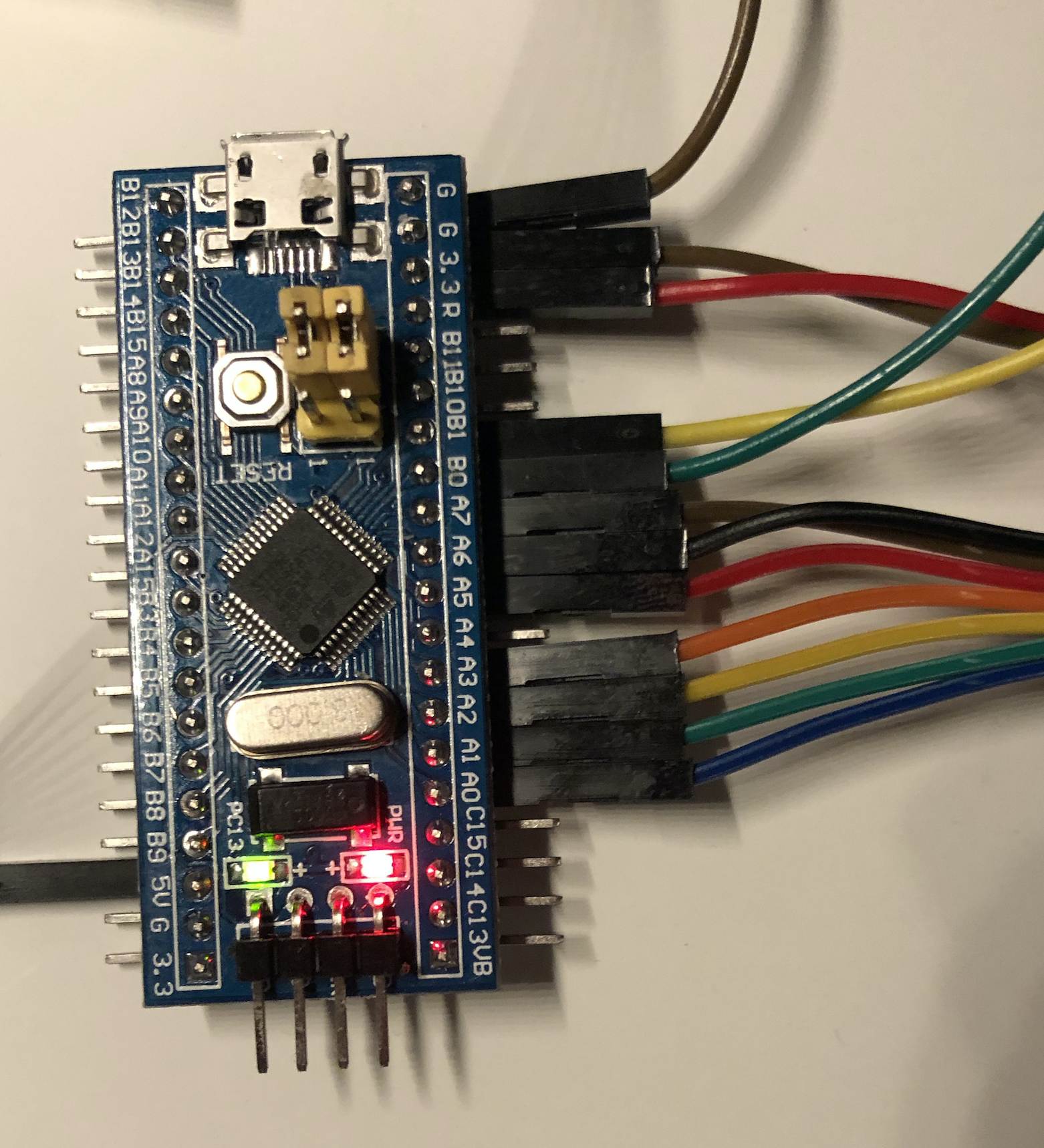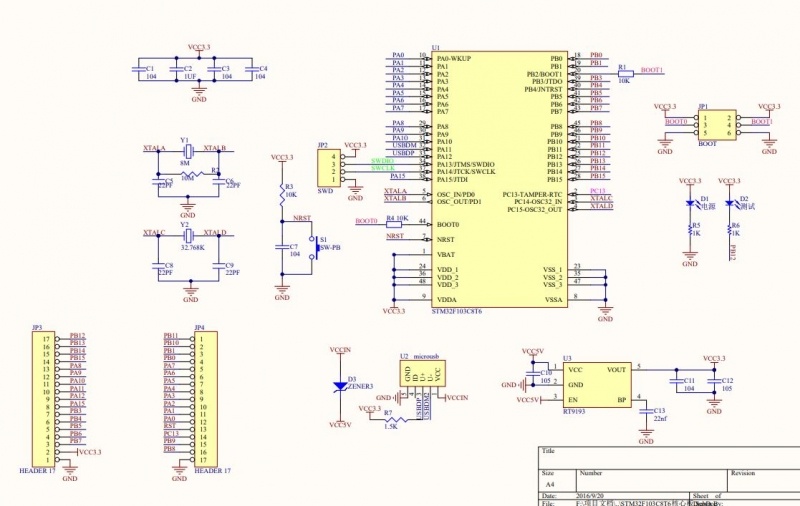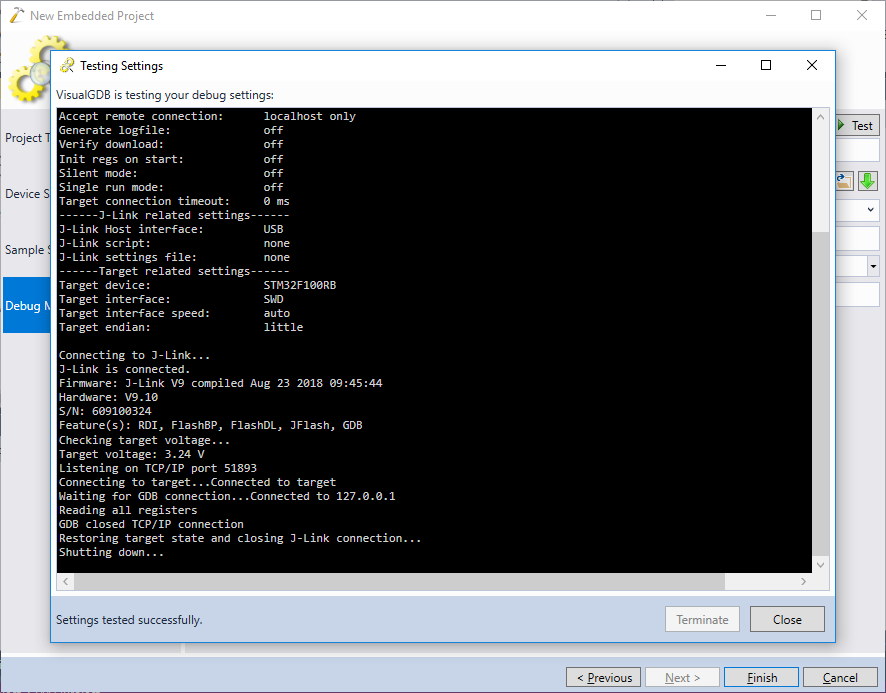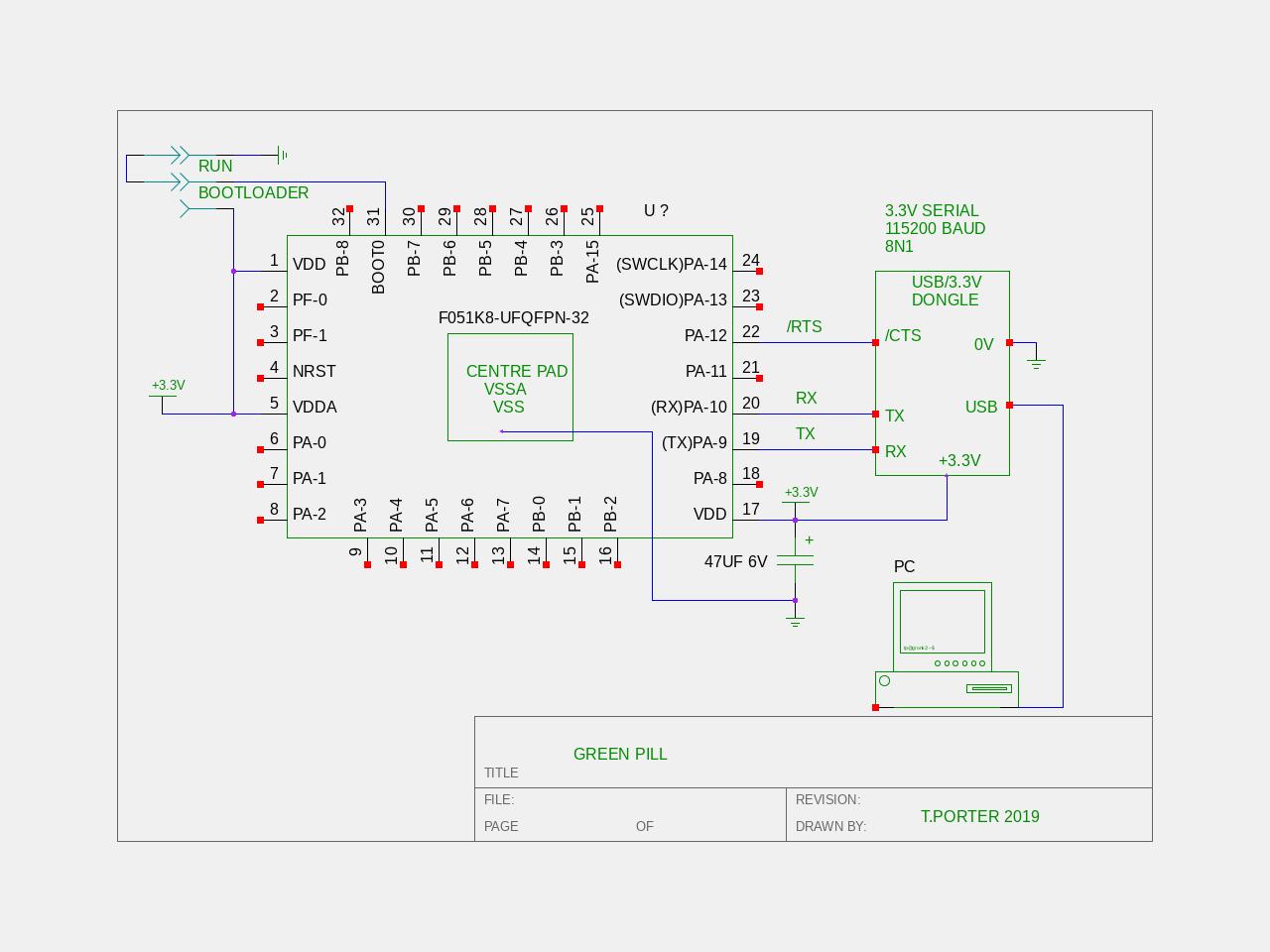

As already presented, the Blue Pill and the Uno have very different microcontrollers, and different IO and peripheral arrangements. There are other less obvious differences as well, and some may be important in certain applications. One can easily notice that the Blue Pill is superior to the Uno in almost all aspects, except, in the mechanical compatibility of Arduino shields which are mostly designed for the Uno form factor.įigure 2 below shows the pinout of a Blue Pill board.įigure 2 - STM32duino pinout and pin function description.

While the mechanical incompatibility with Arduino shields cannot be fixed, it is possible to make it compatible with the Arduino development system. As received, the board will do neither of these. Second, there are some steps that have to be taken before it can run Arduino code. In most cases, it can still use those shields. First, it is not compatible with most Arduino shields due to differences in size and pinouts. If you are planning to use an Arduino for an early prototype of your product, then you should also consider the more powerful STM32duino development board.Ĭommonly referred to as the STM32 Blue Pill, this board has nearly all the capabilities of the Arduino module but with a cheaper price.
#Stm blue pill schematic how to
In this article you will learn how the STM32duino stacks up against an Arduino and how to make it compatible with the Arduino integrated development environment IDE.

However, this bootloader can be flashed into the STM32 board and then the micro-USB port can be directly used to upload the programs.Resources for entrepreneurs developing new electronic hardware products. The ground is connected to the Ground of STM Now you might be wondering why we are not using the micro-USB port to program the board just like any other Arduino boards. This way people can get started and build projects with STM32 in no-time since many will be familiar with Arduino IDE and its easy to use programming language and readily available libraries.

But what made this board a lot popular is its ability to be programmed with the Arduino IDE. We will learn more about it when we upload the program on our board. But the boot 0 jumper has to be set as 3. The position of Boot 1 is normally not disturned. Unlike Arduino boards, the STM32 development board has to be manually set to programming mode using the boot 1 and boot 0 jumper wires. That is the G is used to denote the ground pin, 3. The labling is also similar to the Arduino boards. As you can see each pin is neatly labeled against it. The complete pin-outs of the STM32 Blue pill board is shown below.
#Stm blue pill schematic manual
You might also be interested in the Reference manual and the Errata sheet of the Microcontroller as well which is also linked. If you want to know more on technical features of the Microcontroller then you can refer to its Datasheet. This is just an assumption and I have no source to back it up. STM32F103C8T6 Blue Pill Development Board May be since the board is blue in colour and can give a boosted performance to your projects someone came up with this name in it just stayed. It also has two header pins which can be used to toggle the MCU boot mode between programming mode and operating mode, we will learn more about these later in this tutorial. The pin of the MCU are neatly pulled out and labelled as header pins. These boards are extremely cheap compared to the official Arduino boards and also the hardware is open source.īecause of this, the MCU can operate in deep sleep modes making it ideal for battery operated applications. It looks very much similar to the Arduino Nano but it packs in quite a punch. However, as we start building more and dig deep we would soon realise that Arduino is not industry ready and its 8-bit CPU with a ridiculously slow clock, it does not give you enough juice for your projects. Arduino would have been the first board for many hobbyists including me and engineers out there when they started with electronics.


 0 kommentar(er)
0 kommentar(er)
